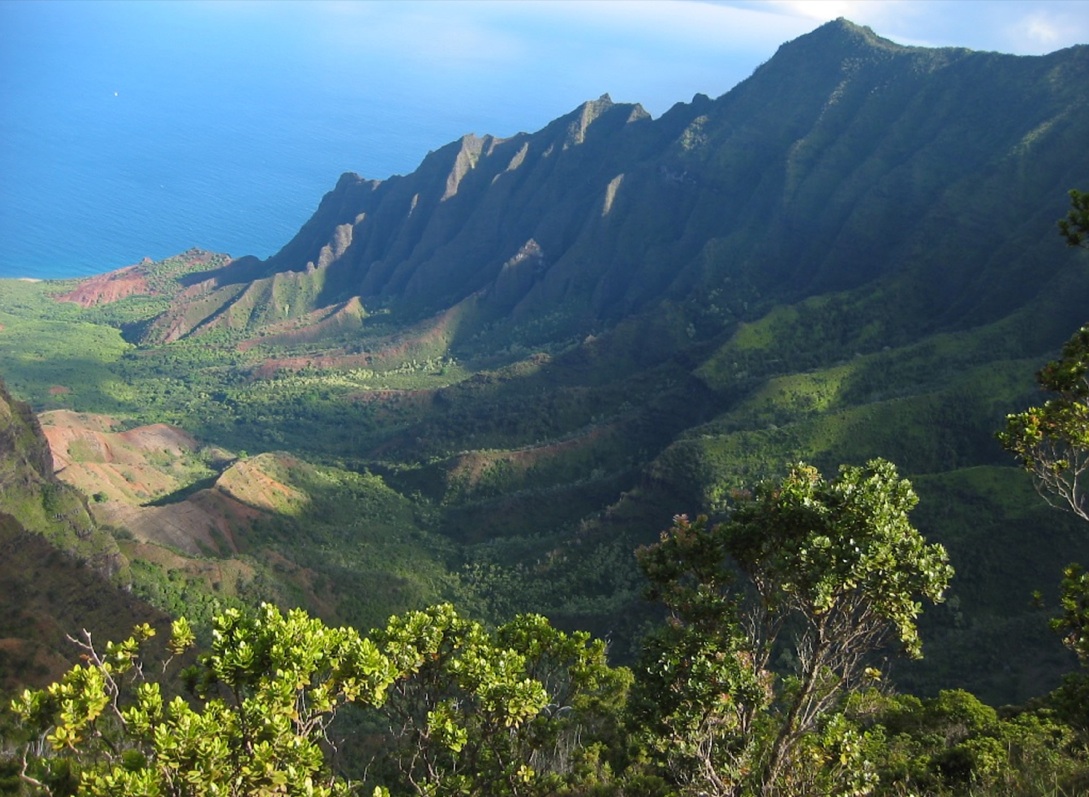Wilderness Volunteers is pleased to announce the winning entries from the 2015 Wilderness Volunteers Photo Contest, sponsored by Keen Footwear and Leki. We received more than 200 entries and there were so many fantastic photos, picking a winner was seriously hard work.
The grand prize winner for best photo is Aidalicia Swertferger, who has won a certificate for a brand new pair of Keen boots, a pair of Leki Trekking poles, and some Wilderness Volunteers gear.
Aidalicia took this photo on the John Muir Wilderness service project in the Inyo National Forest.
The best Landscape photo winner is Kenneth Willis. who has won a certificate for a brand new pair of Keen boots and a pair of Leki Trekking poles.
Kenneth took this photo on the Siskiyou Wilderness service project in the Six Rivers National Forest.
The best Wildlife photo winner is Elle Kiznyte. who has won a certificate for a brand new pair of Keen boots and a pair of Leki Trekking poles.
Elle took this photo on the Elwha River restoration project in Olympic National Park.
The best Hard at Work photo winner is Beth Haynes. who has won a certificate for a brand new pair of Keen boots and a pair of Leki Trekking poles.
Beth took this photo on the Wild and Scenic Salmon River service trip in the Salmon-Challis National Forest.
You can see the rest of our great 2015 photo contest entries as well as photos from just about every 2015 service project online in the Wilderness Volunteers photo gallery.
Don't forget to bring your camera with you on your next service project so you are ready for the 2016 Wilderness Volunteers photo contest!
The grand prize winner for best photo is Aidalicia Swertferger, who has won a certificate for a brand new pair of Keen boots, a pair of Leki Trekking poles, and some Wilderness Volunteers gear.
Aidalicia took this photo on the John Muir Wilderness service project in the Inyo National Forest.
The best Landscape photo winner is Kenneth Willis. who has won a certificate for a brand new pair of Keen boots and a pair of Leki Trekking poles.
Kenneth took this photo on the Siskiyou Wilderness service project in the Six Rivers National Forest.
The best Wildlife photo winner is Elle Kiznyte. who has won a certificate for a brand new pair of Keen boots and a pair of Leki Trekking poles.
Elle took this photo on the Elwha River restoration project in Olympic National Park.
The best Hard at Work photo winner is Beth Haynes. who has won a certificate for a brand new pair of Keen boots and a pair of Leki Trekking poles.
Beth took this photo on the Wild and Scenic Salmon River service trip in the Salmon-Challis National Forest.
You can see the rest of our great 2015 photo contest entries as well as photos from just about every 2015 service project online in the Wilderness Volunteers photo gallery.
Don't forget to bring your camera with you on your next service project so you are ready for the 2016 Wilderness Volunteers photo contest!


























































